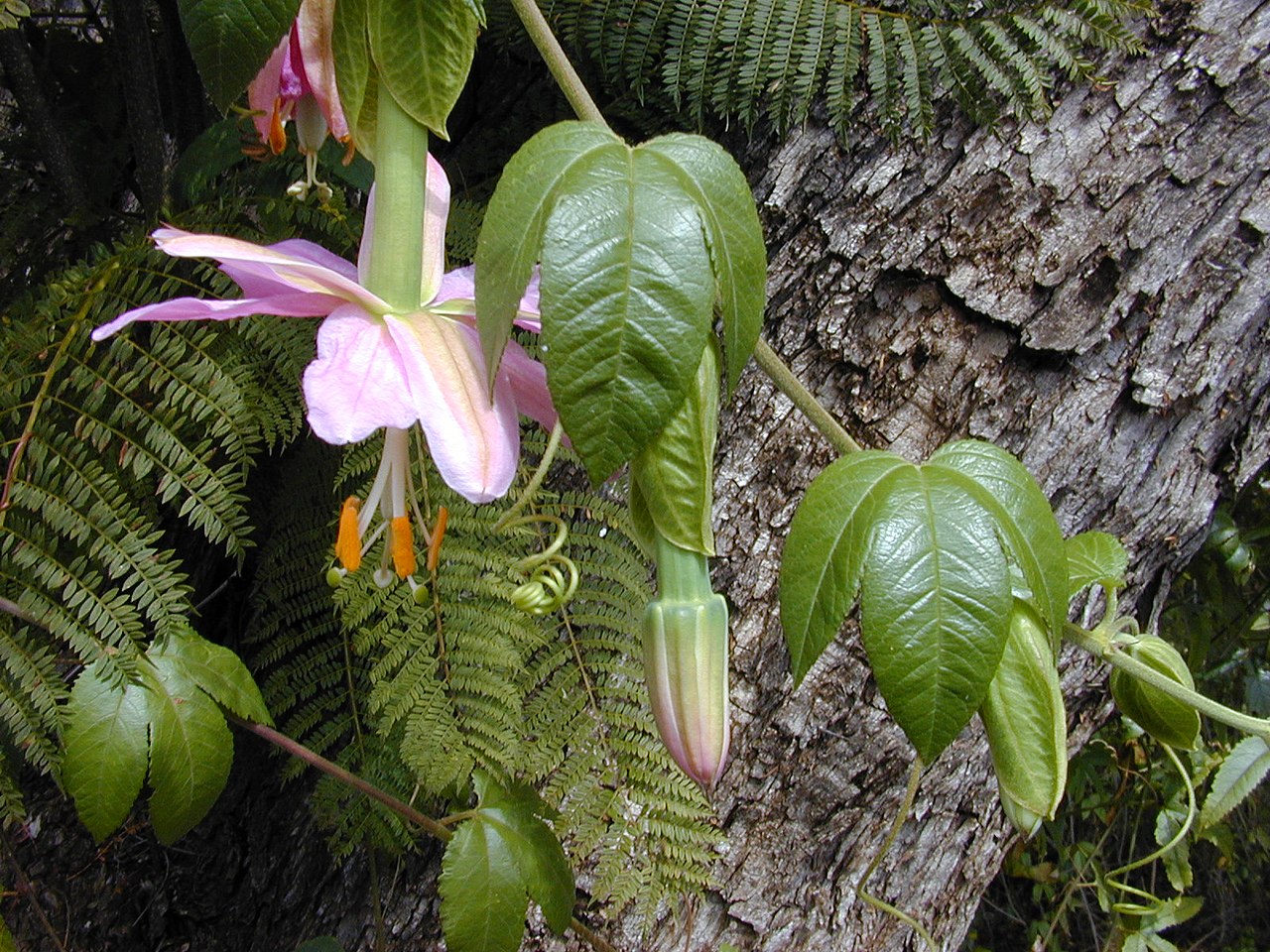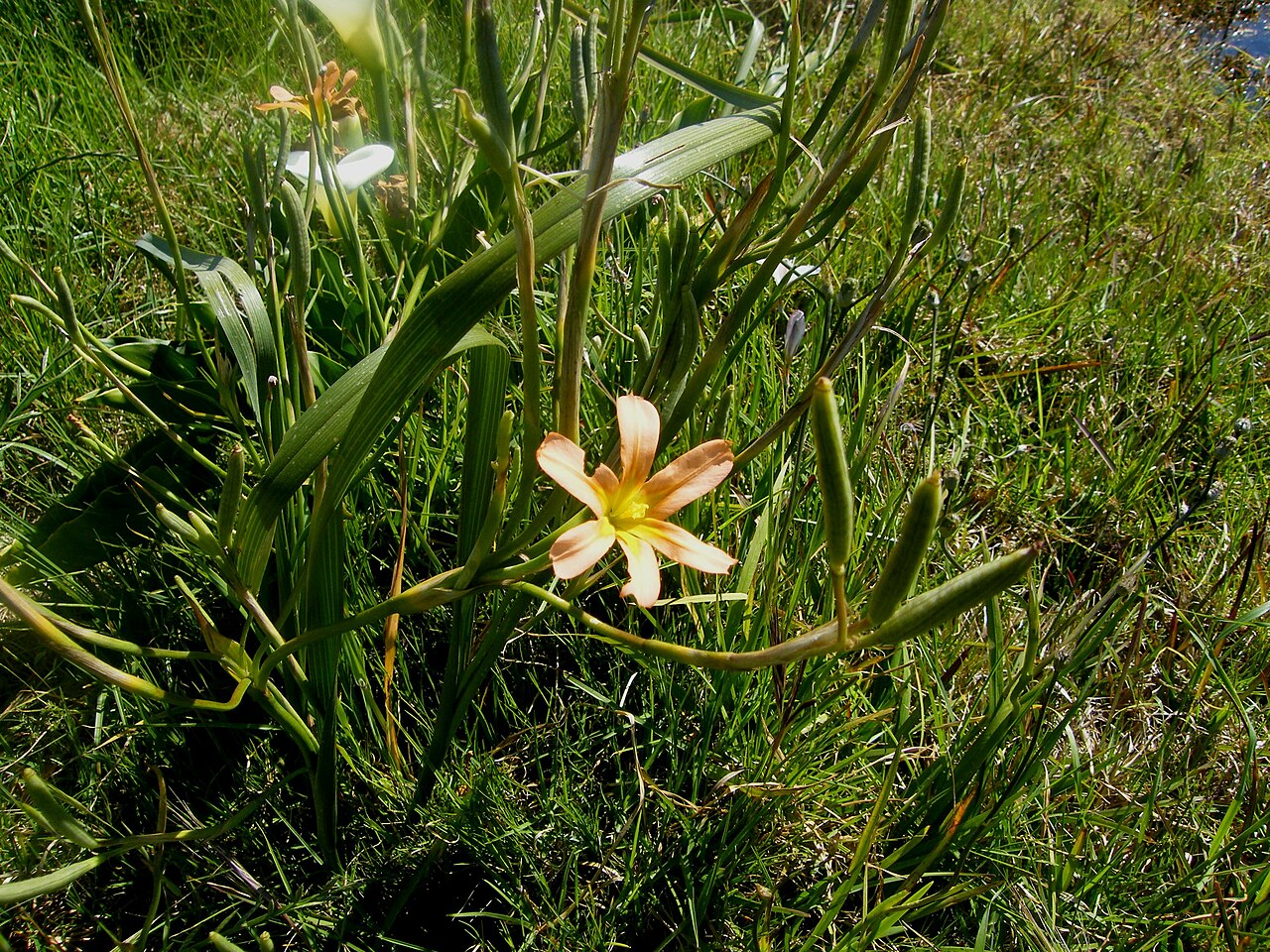
Common Name
Chilean needlegrass, Chilean speargrass, Uruguayan tussockgrass
Scientific Name
Nassella neesiana
Family
Poaceae
Lifecycle
Perennial
Seasons of Growth
Year-round
Key Distinguishing Feature
Grass with long, needle-like awns on its seed heads
• Growth Form: Chilean Needlegrass is a bunchgrass, meaning it forms clumps rather than spreading through rhizomes or stolons.
• Leaves: The leaves are long, slender, and needle-like, with a distinctive twist. They are often bluish-green in colour.
• Seedheads: The seedheads are tall and feathery, consisting of slender awns (bristle-like structures) that extend beyond the seeds. These awns are a distinctive feature of the grass.
• Habitat: It is commonly found in grasslands, pastures, and disturbed areas, particularly in regions with a Mediterranean climate.
Ecological Impact:
• Chilean Needlegrass is considered an invasive grass in many regions, particularly in parts of the United States and Australia. It can outcompete native grasses and disrupt natural ecosystems.
• The sharp awns of the seedheads can be problematic for livestock, as they can become embedded in animal tissues and cause injury.
Control Methods:
• Control of Chilean Needlegrass often involves a combination of mechanical, chemical, and cultural methods.
• Mechanical methods include mowing or grazing management to reduce seed production.
• Herbicides may be used for control, but care must be taken to use them safely and effectively, following local regulations.
• Promoting the growth of desirable, non-invasive grasses through reseeding and land management practices can help reduce the dominance of Chilean Needlegrass over time.
Chilean Needlegrass is a challenging invasive grass that requires active management to prevent its spread and protect native ecosystems. Local agricultural authorities and environmental agencies often provide guidance on the best control practices for this invasive species.




